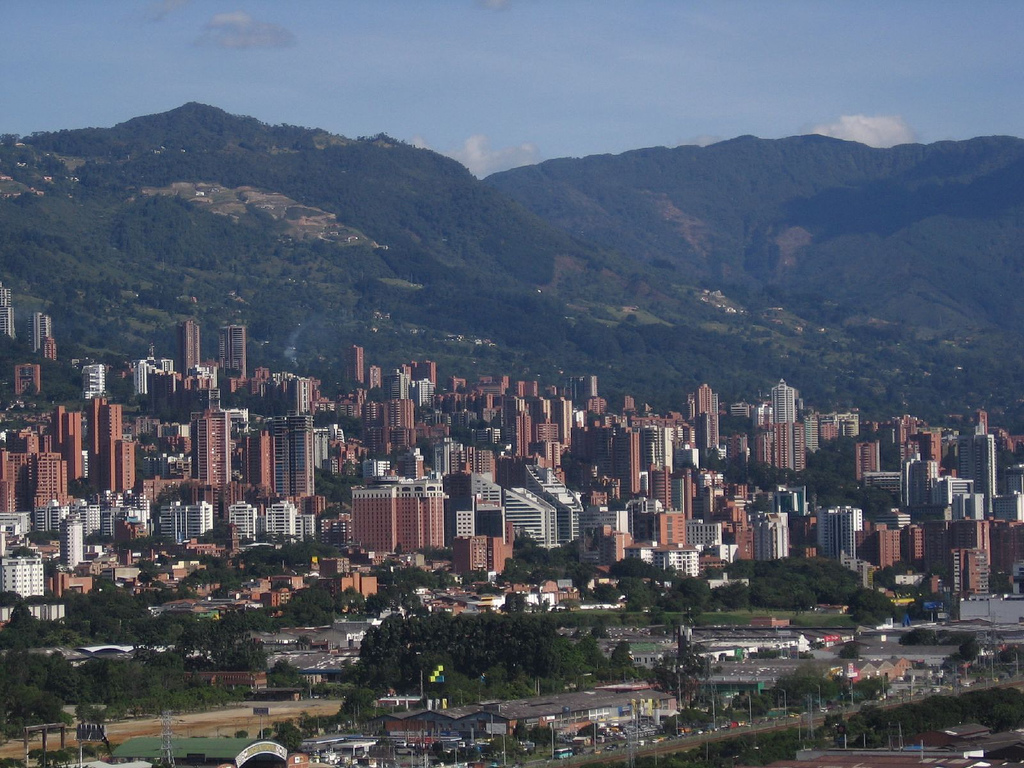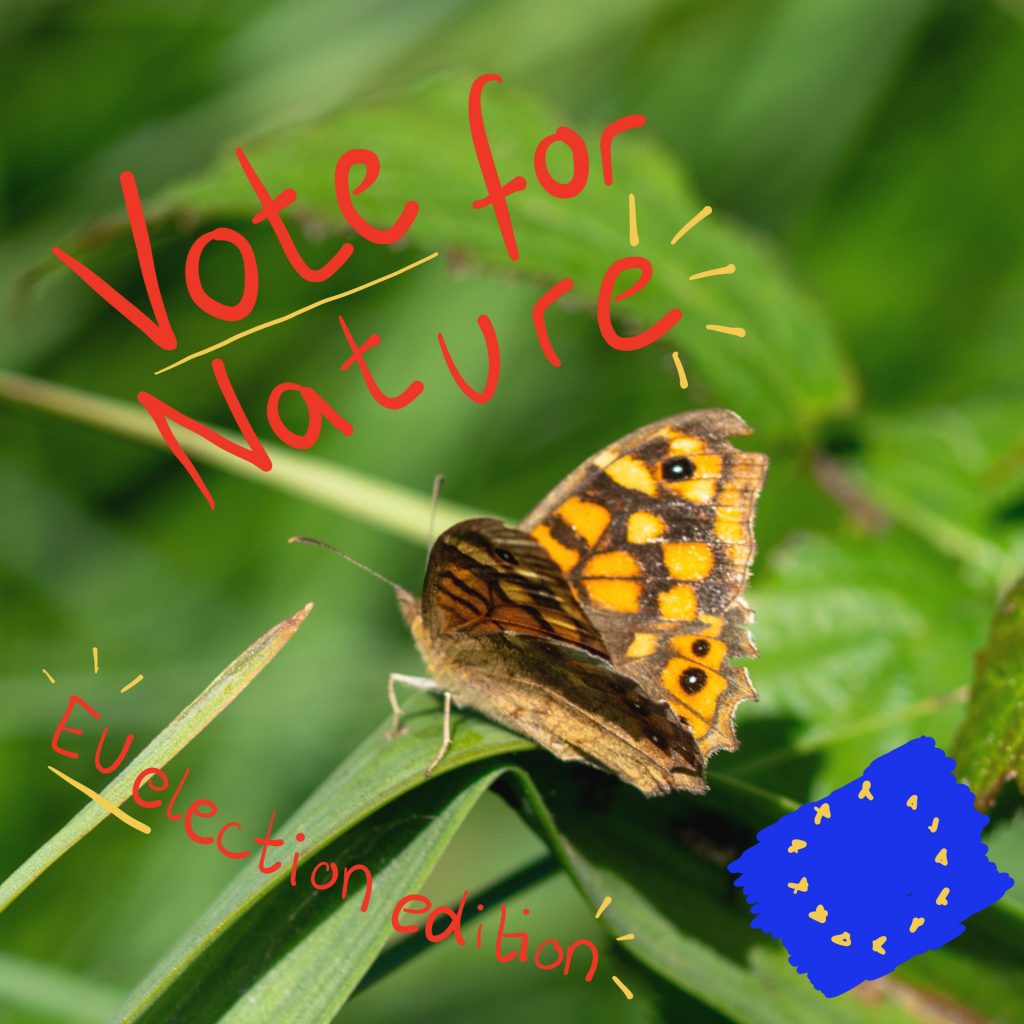Rewilding projects across Europe have recognized the importance of bison and are reintroducing them to the landscape, leveraging their natural behaviours to shape a wilder environment. In this blog post, we’ve compiled a collection of resources on everything you need to know about the European bison and its role in European rewilding.
Ecology overview
Most people are only familiar with the American bison, which is indeed very similar to the European one. However, on average, the American bison is slightly heavier and a bit smaller than the European bison. While the American bison prefers grazing exclusively, the European bison also likes to browse on shrubs, which shows a different impact in the way they shape the landscape.
Their grazing behaviours help maintain open landscapes, their dung supports insects, and their fur transports seeds over long distances, aiding in plant dispersal. Additionally, their heavy bodies and hooves disturb the soil, promoting plant growth and soil health. This behaviour supports a larger biodiversity as many other species profit from the bison’s impact on the landscape.
For a nice and concise overview of the ecology of the European bison, check out this video by Mossy Earth.
Species status overview
The current population was created from 12 individuals and is divided into two genetic lines: Lowland Białowieża and Lowland Caucasian. Due to the small number of individuals, it’s important to keep the lines separate to maintain high genetic variability and avoid genetic issues such as low resistance to pathogens and disease connected with low genetic variability.
Bison are kept in various settings, including captive environments (such as small enclosures and zoos), semi-free conditions (in large enclosures, e.g., the project in Bornholm covering 200 hectares), and free-ranging in truly wild habitats (e.g., the Făgăraș Mountains).
For a comprehensive report on the bison situation in Europe, check out this report. Alternatively, if you prefer a concise summary, watch this video by Mossy Earth.
Current projects
Several projects across Europe are focused on reintroducing bison and harnessing their behaviour to restore wilder landscapes. One of the most renowned initiatives is the LIFE project in Romania, where the WWF is reintroducing bison and collaborating with local communities to foster coexistence. You can learn more about this project in the Southern Carpathians through this documentary. Additionally, Wisent Welt, a small project in Germany, is dedicated to preserving the breed and educating the public. Our team member Flo visited Wisent Welt last year, and we documented the experience in a vlog reel available here.
Rewilding Europe has also developed a European Bison Reintroduction Plan, which outlines strategies for bison restoration across the continent. You can access the plan here.






